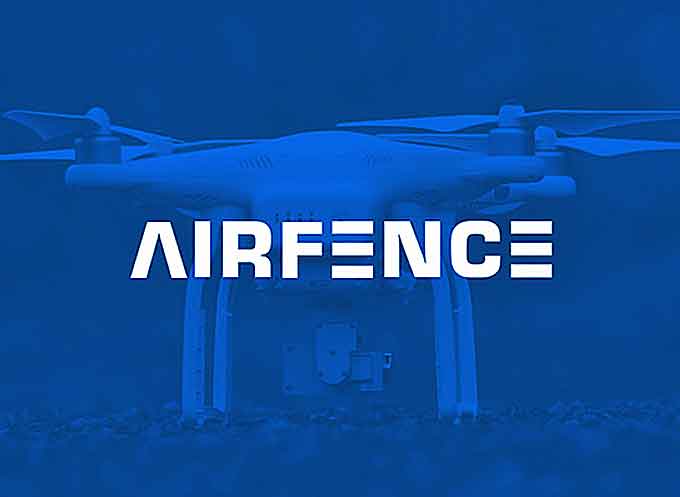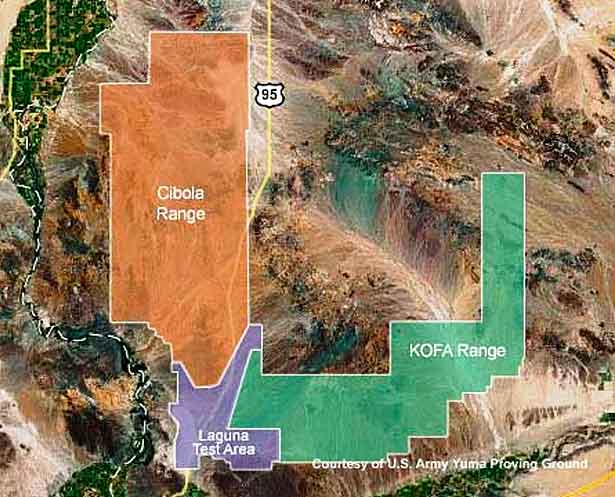
Unmanned Aerial Vehicle’s (UAV’s) pose a potential security risk to many environments including Airports, Prisons, Energy Facilities, Government offices, and Military bases.
AIRFENCE has been designed with over 3 years of military testing with real world tactical scenarios.
At it’s core, it can automatically detect, locate, track and take over UAV controls all on full auto, and can locate the operator with pin point accuracy in real time.
(See the Sensofusion USA Conference Video. Courtesy of Hupp Test and YouTube. Posted on Mar 8, 2017)
In the spring of 2017, the U.S. Marine Corps Warfighting Laboratory (MCWL), by way of the Defense Department’s Defense Innovation Unit Experimental (DIUx), participated in a one-year prototype contract with Sensofusion to develop a ground-based mobile counter-UAS solution stemming from Sensofusion’s core product AIRFENCE.
 Sensofusion acted as lead integrator and further advanced AIRFENCE to integrate radar and optics systems on board vehicles enabling all systems to work in unison, with AIRFENCE being the core counter-UAS solution by means of RF detection and transmission.
Sensofusion acted as lead integrator and further advanced AIRFENCE to integrate radar and optics systems on board vehicles enabling all systems to work in unison, with AIRFENCE being the core counter-UAS solution by means of RF detection and transmission.
The DIUx project has been active for more than 12 months, growing and expanding since its’ late March 2017 launch.
AIRFENCE is now fully ruggedized, meeting IP67 ruggedization requirements.
Additionally, AIRFENCE has outperformed all tests for range of detection and counterattack capabilities and has also greatly increased the number of drones within its library it can detect, track and defeat yielding zero false positives.
The system has outperformed range testing at the Marine Corps Base in Quantico, Virginia.
(See More. Courtesy of Khaled Alwoqayyan and YouTube. Posted on Feb 19, 2018)
HOW AIRFENCE WORKS
RF Detection
- Software defined radios that can detect UAVs
Alarm System
- Custom configuration to enable early warning and critical warning notifications in real time
Easy to Scale
- Scale horizontally by simply adding more units
Triangulation
- AIRFENCE uses triangulation as an additional method to detect UAVs
Mobile Notifications
- Configure AIRFENCE to send you mobile push notifications when UAVs are detected
Over-the-Air Updates
- Real time software updates allow our system to continuously adapt to evolving threats
AIRFENCE has exceeded expectations against a large variety of small UAVs, including fixed wings and rotorcrafts, while Marines operated the technology under extreme weather conditions in Arizona at YUMA Proving Grounds (YPG).

YPG is the largest U.S. military installation in the world and is known for being a key site for testing military equipment dating as far back as World War II.
Through its work with the U.S. Marine Corps, Sensofusion has brought its’ system to a single sensor solution, which is extremely beneficial for tactical use in a mobile convoy scenario.
AIRFENCE is also easily used for fixed installations when protecting areas such as military bases, airports, prisons, oil refineries and pipelines, nuclear power plants, power plants, government buildings and border walls.

Sensofusion has made major leaps in its’ ability to detect and defeat rogue drones by means of protocol demodulation and manipulation.
“Our work in the past year with the Marines enables us to meet production readiness with our flagship counter-UAS solution, AIRFENCE, and are now prepping for production with the Departments of Defense and Homeland Security,” explained Sensofusion Vice President Kaveh Mahdavi.
“We’re now at a point where DoD, DHS — really, any government organization — can order our standardized counter-UAS platform, AIRFENCE, in large quantities.”



















